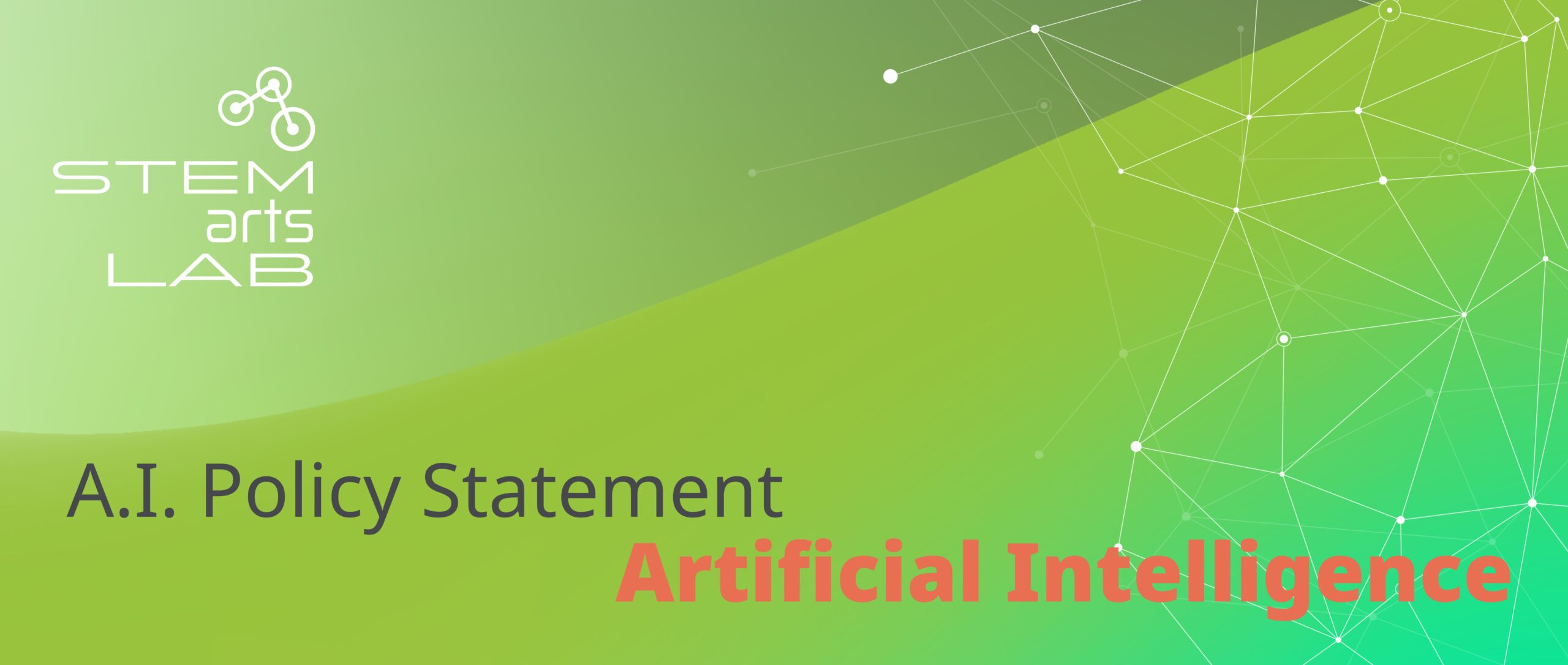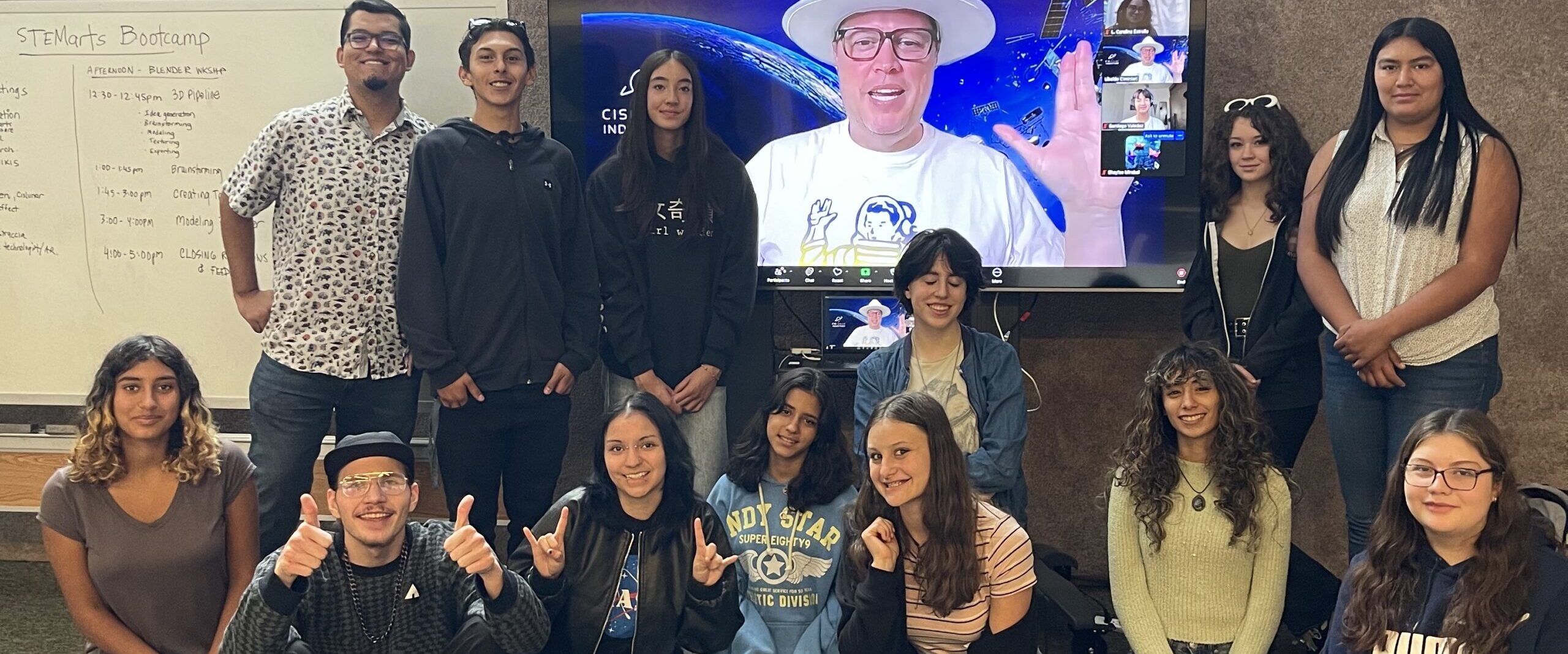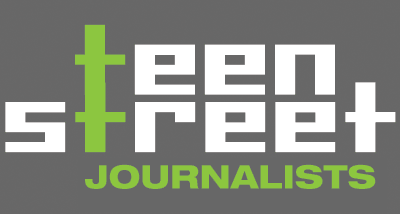STEMarts Lab Artificial Intelligence
A.I. Policy Statement
Revised August 20, 2025
At STEMarts Lab, our mission is to empower youth through the fusion of art, science, and technology, preparing them to navigate and shape a rapidly changing world. Artificial Intelligence (A.I.) is one of many tools we use to foster creativity, critical thinking, and ethical awareness.
Our Values in A.I. Use
Human-Centered Creativity: A.I. is never used to replace human imagination or artistry. It serves as a collaborative tool — like a brush, camera, or musical instrument — that students use to explore and express ideas.
Ethics and Responsibility: Every A.I. activity is framed with discussions on ethics, bias, cultural implications, and environmental impact. Use of generative A.I. is cited.
Transparency: We clearly explain when and how A.I. is being used in our programs.
Student Choice: Participation in A.I.related activities is always voluntary. Students and parents have the right to opt out at any time without penalty.
Equity and Inclusion: We prioritize closing the digital divide by providing access for under-resourced and rural communities, ensuring that all students have the opportunity to engage with emerging technologies and the debates surrounding them.
How We Integrate A.I. into Programs
A.I. is one tool in a larger interdisciplinary framework that also includes physics, cultural cosmologies, creative coding, traditional arts, and storytelling.
A.I. activities focus on creative problem-solving, speculative world-building, and data visualization to enhance artistic and scientific literacy.
We partner with artists, scientists, and cultural and technology specialists to ensure diverse perspectives shape how A.I. is taught and applied.
Artificial Intelligence in Space Messengers A.I
Message Collection: Space Messengers invites participants worldwide to share reflections on science, culture, and the future via a secure, web-based messaging platform.
Data Handling: Messages are stored on a secure cloud-based server and processed using Natural Language Processing (NLP) and machine learning to visualize patterns and connections in real time. We do not collect any names or private information from user generated messages.
Privacy: Messages are anonymous unless a participant chooses to include their name. No personally identifying information is required or collected.
Interactive Visualization: A.I. transforms the collective messages into evolving generative visuals that appear in the installation creating a collaborative artwork.
Ethical Use: All collected content is used solely for educational and artistic purposes, never for commercial sale or exploitation.
Our Commitment
We believe A.I. can be a powerful educational and artistic tool when used transparently, responsibly, and critically. Our role as educators and artists is not to promote unquestioning adoption, but to equip youth with the skills and awareness they need to navigate — and, when necessary, challenge — the technologies that will shape their future.
Generative A.I.: Risks, Responsibilities & the Role of Youth Education
Understanding the Ethical Breaches
Generative A.I. systems, including large language and image models, are often trained on vast datasets scraped from the internet. This data is frequently collected without consent and includes copyrighted materials, personal content, and culturally sensitive or sacred knowledge. The unauthorized use of such data violates principles of intellectual property, digital ethics, and—in some cases—community sovereignty. Additionally, these systems are powered by large data centers that consume massive amounts of energy and water, posing serious environmental concerns.
At STEMarts Lab, we believe it’s essential for students to understand these realities—not just as consumers or users of A.I., but as future designers, artists, scientists, and leaders who will shape the technologies of tomorrow.
Why We Educate and Advocate
Rather than reject generative A.I. outright, we choose to engage critically and responsibly. We empower students to examine the origins, limitations, and impacts of these tools. We educate them about the trade-offs of technological advancement and emphasize the power of informed advocacy—that by understanding the system, they can help transform it.Generative A.I. is not inherently unethical; it reflects the systems we build around it. We challenge students to imagine and create A.I. that honors consent, centers equity, and aligns with ecological sustainability.
A Teachable Moment
This is a pivotal opportunity for youth to develop not only digital fluency, but also digital ethics. Through our workshops, discussions, and curriculum, students explore questions such as:
What are the social and ecological costs of generative A.I.?
Who decides what data is used to train these systems?
How can I use these tools responsibly—and advocate for better ones?
Signs of Change: Progress Through Advocacy
Advocacy is already making an impact:
Artists and writers are organizing lawsuits and licensing initiatives to protect creative work (e.g., lawsuits by Getty Images and The New York Times).
Sustainable A.I. initiatives are pushing for greener models with lower energy consumption.
Community guidelines and open-source tools are emerging to support ethical dataset curation and Indigenous data sovereignty.
We share these examples with students to show that transformation is not only needed—it’s already underway.





